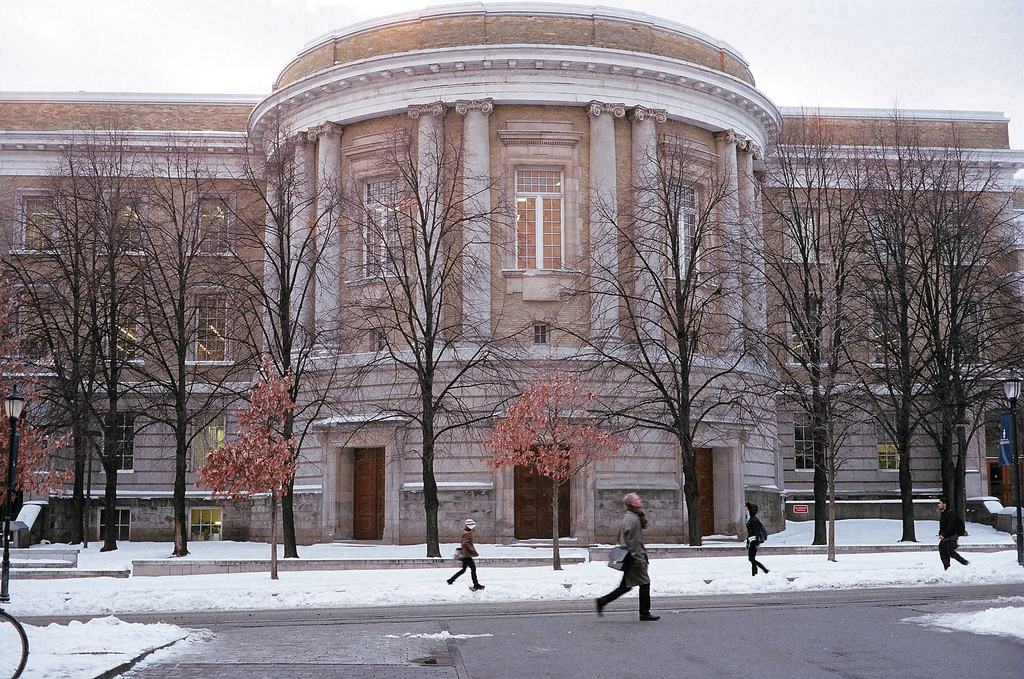Birth of an Enigma: Hinton’s Early Years
On a cloudy day in Wimbledon, 1947, a prodigy was born who would reshape our understanding of technology (Copeland, 2019). Little did the world know that Geoffrey Hinton, the soft-spoken British scientist, would one day unlock the door to the revolutionary field of artificial intelligence. Read on to learn more about the the compelling journey of AI pioneer Geoffrey Hinton.

Cultivating the Enigma
The enigma that is Hinton was a curious child, inspired by his parents Howard Hinton, an entomologist, and Margaret Hinton, a classicist. His fascination for the mind’s inner workings began early, fostered by an environment imbued with academic discussions (Copeland, 2019).
As Hinton embarked on his academic journey at the University of Cambridge, studying experimental psychology, he was drawn to the concept of neural networks, which at the time was almost mystical (Goldbloom, 2020). The enigma of neural networks fascinated him, sparking an interest that would shape his illustrious career.

Post-Cambridge, the enigma further unraveled as Hinton pursued a doctorate from the University of Edinburgh in artificial intelligence, delving deeper into the labyrinth of neural networks (Famous Scientists, n.d.).
Discovery of Backpropagation
During this time, Hinton encountered the challenge of his life: finding a way to train these enigmatic networks. This would be critical moment in the compelling journey of AI pioneer Geoffrey Hinton, leading him to a groundbreaking discovery – backpropagation, an algorithm that “learns” from its mistakes by minimizing the difference between actual and desired outputs (LeCun, Bengio, & Hinton, 2015; Rumelhart, Hinton, & Williams, 1986).
This was a revolutionary step in training neural networks, yet, like most novel ideas, it faced skepticism from the scientific community. The enigma of backpropagation and its application was met with resistance due to limited computational resources and doubts over the model’s biological relevance (Schmidhuber, 2015).

Undeterred, Hinton continued his academic journey, contributing to the field at Carnegie Mellon University and the University of California, San Diego. However, the next major step in untangling the enigma of backpropagation came with his move to the University of Toronto in 1987.
Here, Hinton established the Neural Computation and Adaptive Perception Program, a haven for backpropagation research (University of Toronto, n.d.). Concurrently, he co-founded the Gatsby Computational Neuroscience Unit at University College London, further cementing his position as a trailblazer in the field (University College London, n.d.).
The Enigma Becomes an Icon: The Rise of Backpropagation
The mid-2000s marked a turning point for the enigma of backpropagation. With the advent of Graphics Processing Units (GPUs) capable of performing intense computations required by deep learning models, Hinton’s enigmatic models became not just feasible, but highly efficient (Raina, Madhavan, & Ng, 2009).
Suddenly, the enigmatic backpropagation algorithm found application in diverse fields such as computer vision, natural language processing, and autonomous vehicles (Mcclelland, Rumelhart, & PDP Research Group, 1986).

Enigma No More: Hinton’s Enduring Legacy
Today, Geoffrey Hinton’s revolutionary work forms the backbone of the AI-driven world. The once-enigmatic concept of backpropagation is now a cornerstone of advancements in healthcare, economics, climate science, and more. The compelling journey of this AI pioneer, from his beginnings as a curious mind in Wimbledon to his position as one of the ‘godfathers of AI,’ Geoffrey Hinton has proven that dedication and a healthy dose of intellectual curiosity can unravel even the most enigmatic problems.
References
- Copeland, B. J. (2019). Geoffrey Hinton. Encyclopedia Britannica.
- Goldbloom, A. (2020). Ideas That Changed AI: The Backpropagation Algorithm. Forbes.
- Geoffrey Hinton – Computer Scientist. (n.d.). Famous Scientists.
- LeCun, Y., Bengio, Y., & Hinton, G. (2015). Deep learning. Nature, 521(7553), 436-444.
- Rumelhart, D. E., Hinton, G. E., & Williams, R. J. (1986). Learning representations by back-propagating errors. Nature, 323, 533-536.
- Schmidhuber, J. (2015). Deep learning in neural networks: An overview. Neural Networks, 61, 85-117.
- Faculty Profiles – Geoffrey Hinton. (n.d.). University of Toronto.
- About Us – Gatsby Computational Neuroscience Unit. (n.d.). University College London.
- Raina, R., Madhavan, A., & Ng, A. Y. (2009). Large-scale deep unsupervised learning using graphics processors. Proceedings of the 26th annual international conference on machine learning.
- Mcclelland, J. L., Rumelhart, D. E., & PDP Research Group, (1986). Parallel Distributed Processing, Vol. 1: Foundations. MIT Press.





